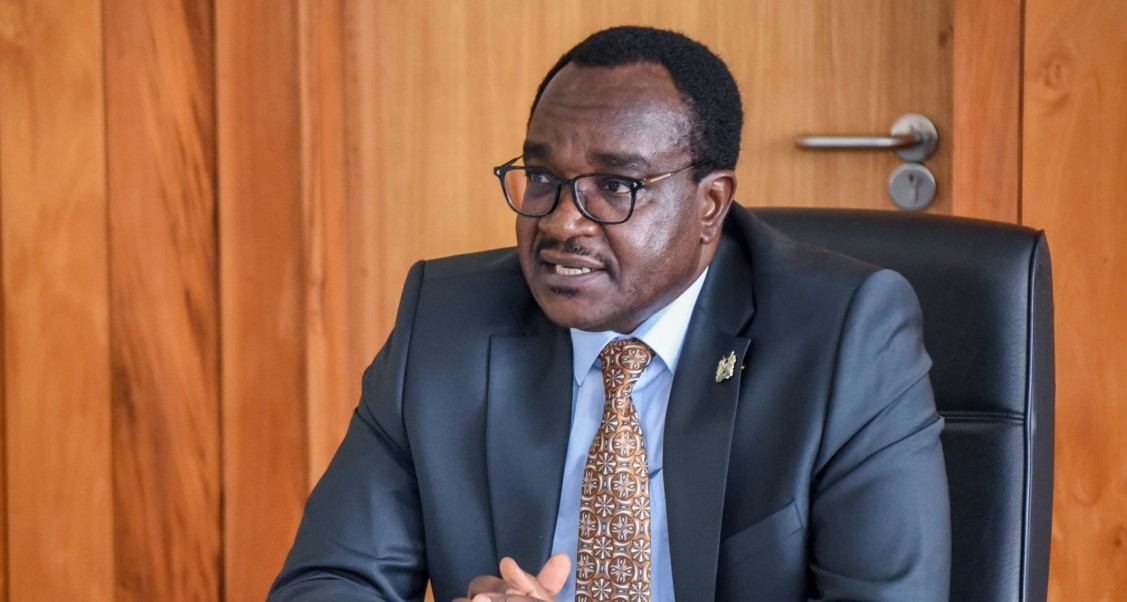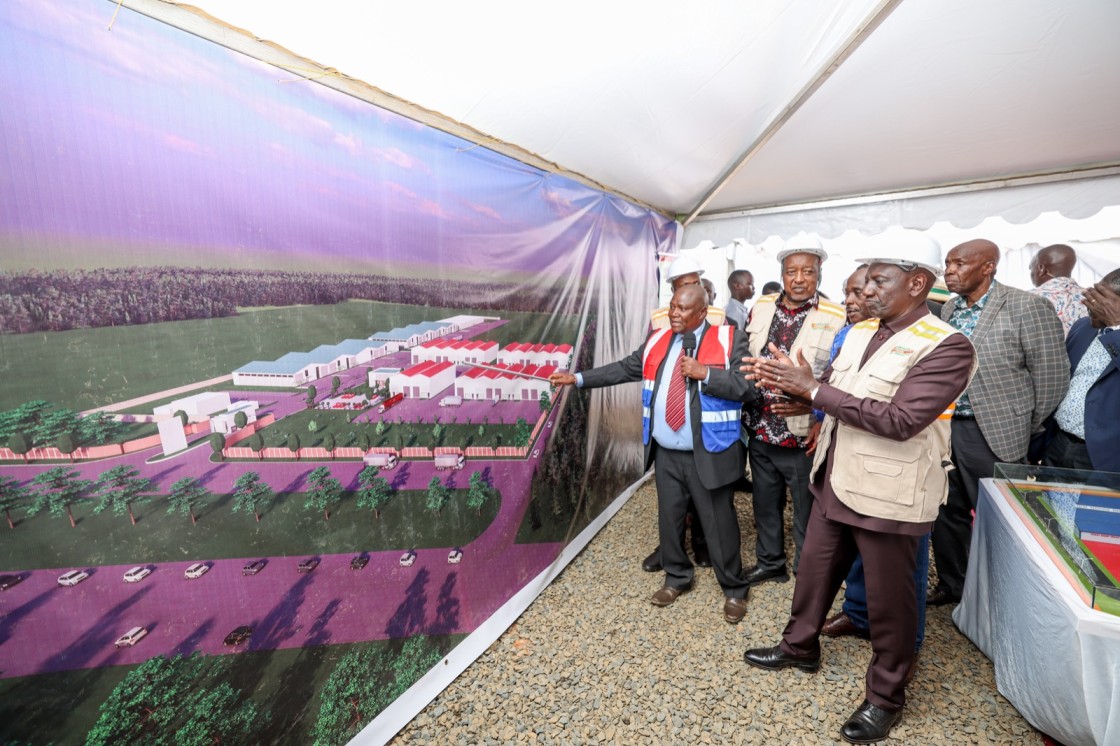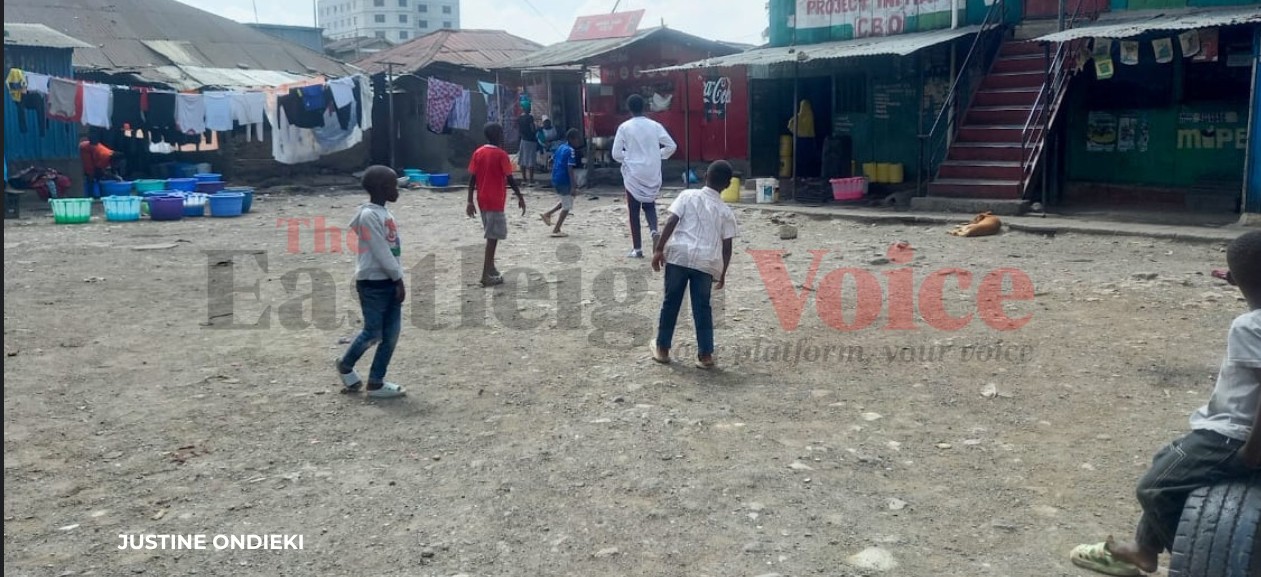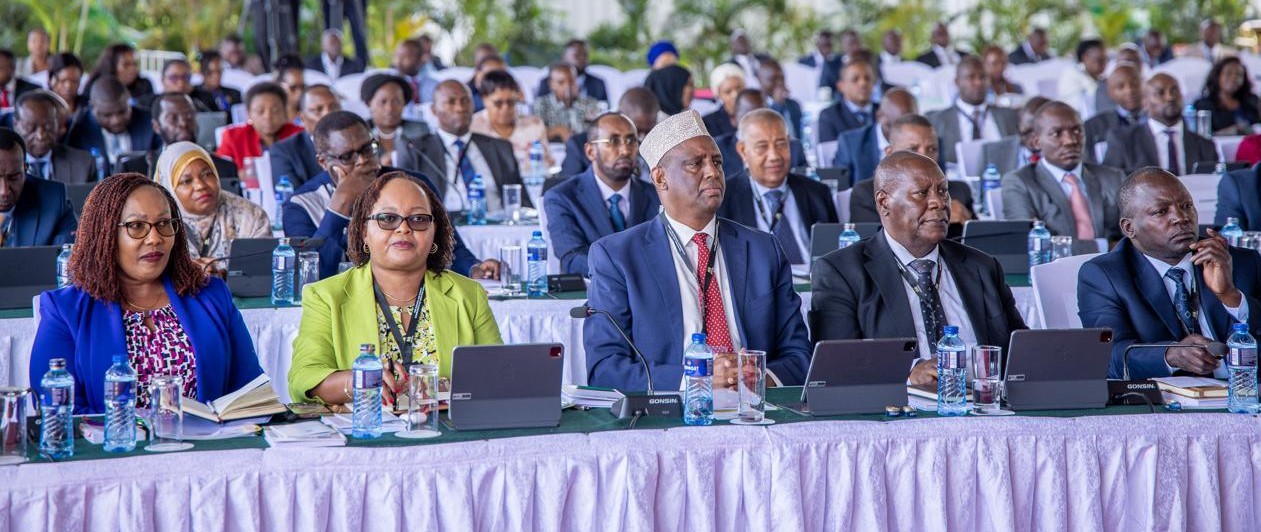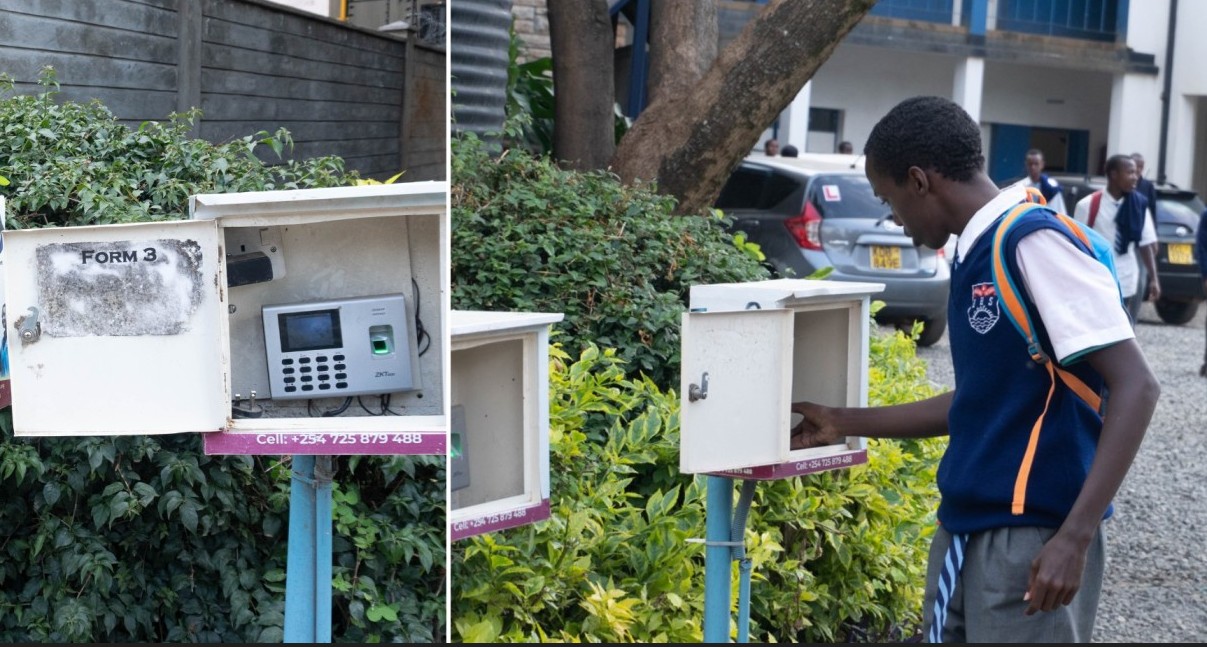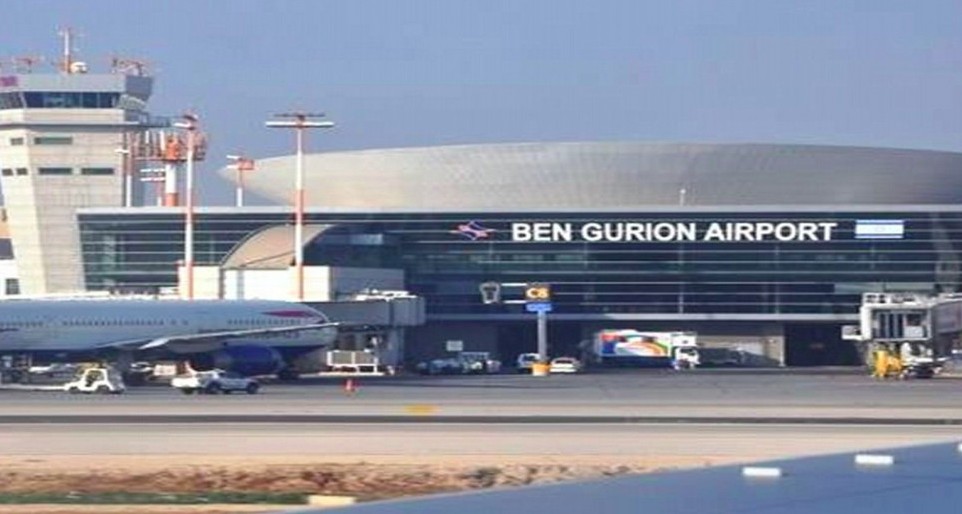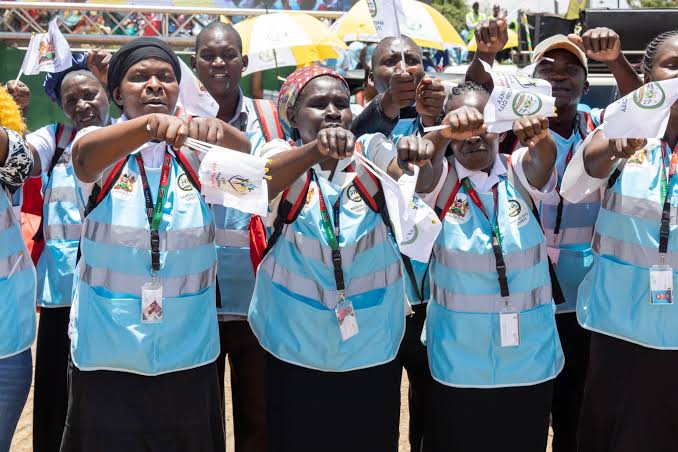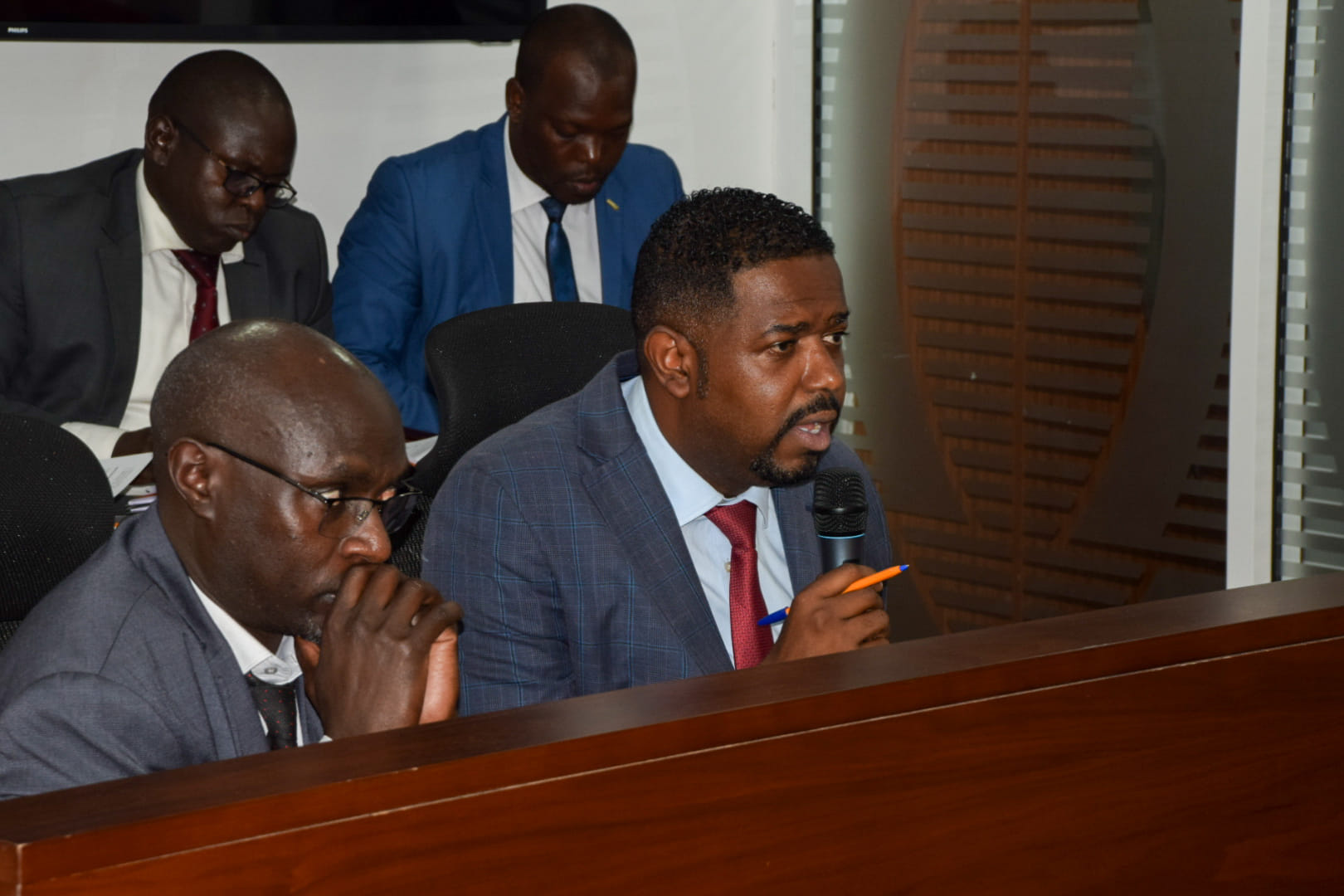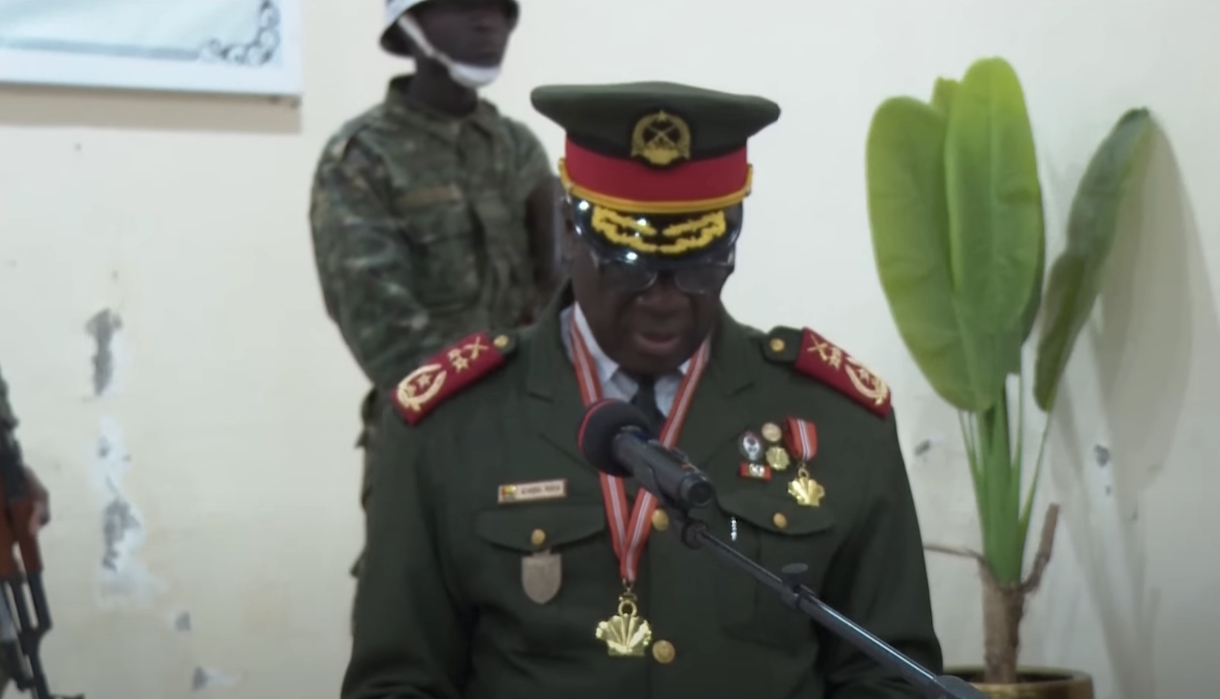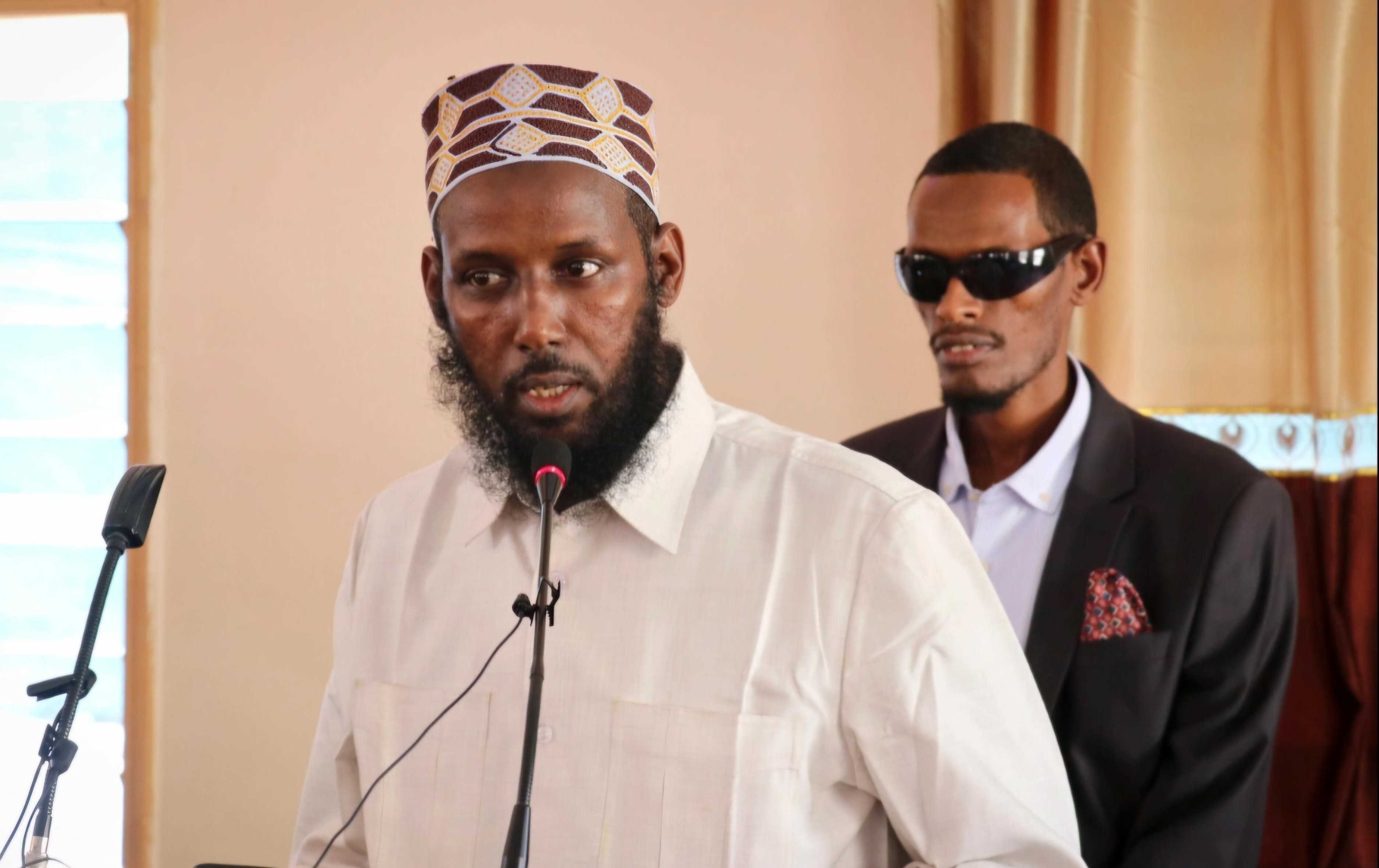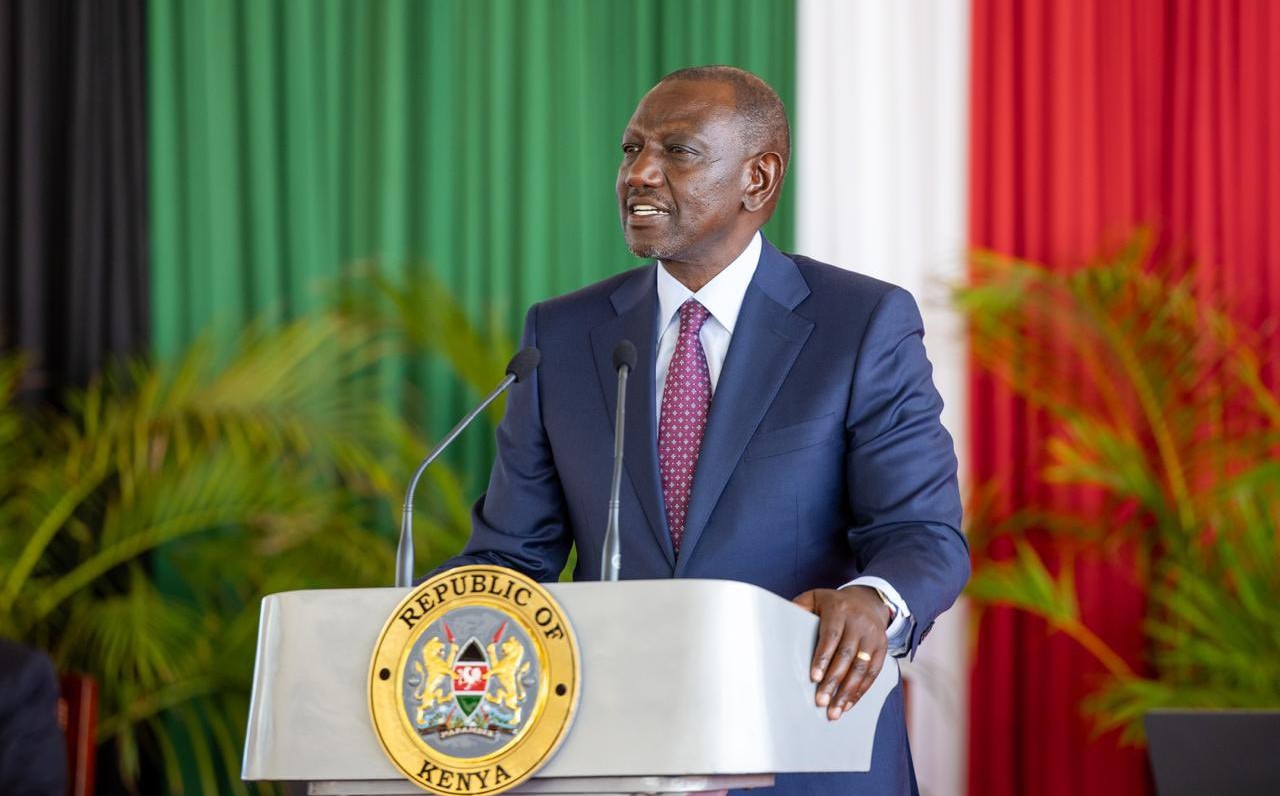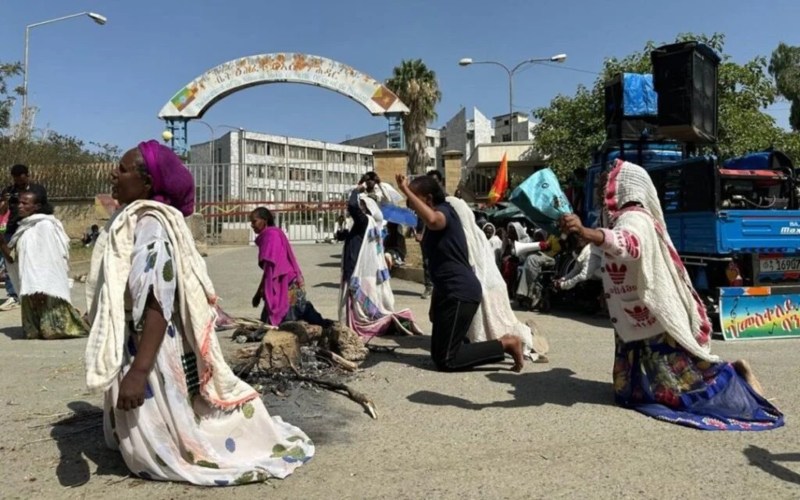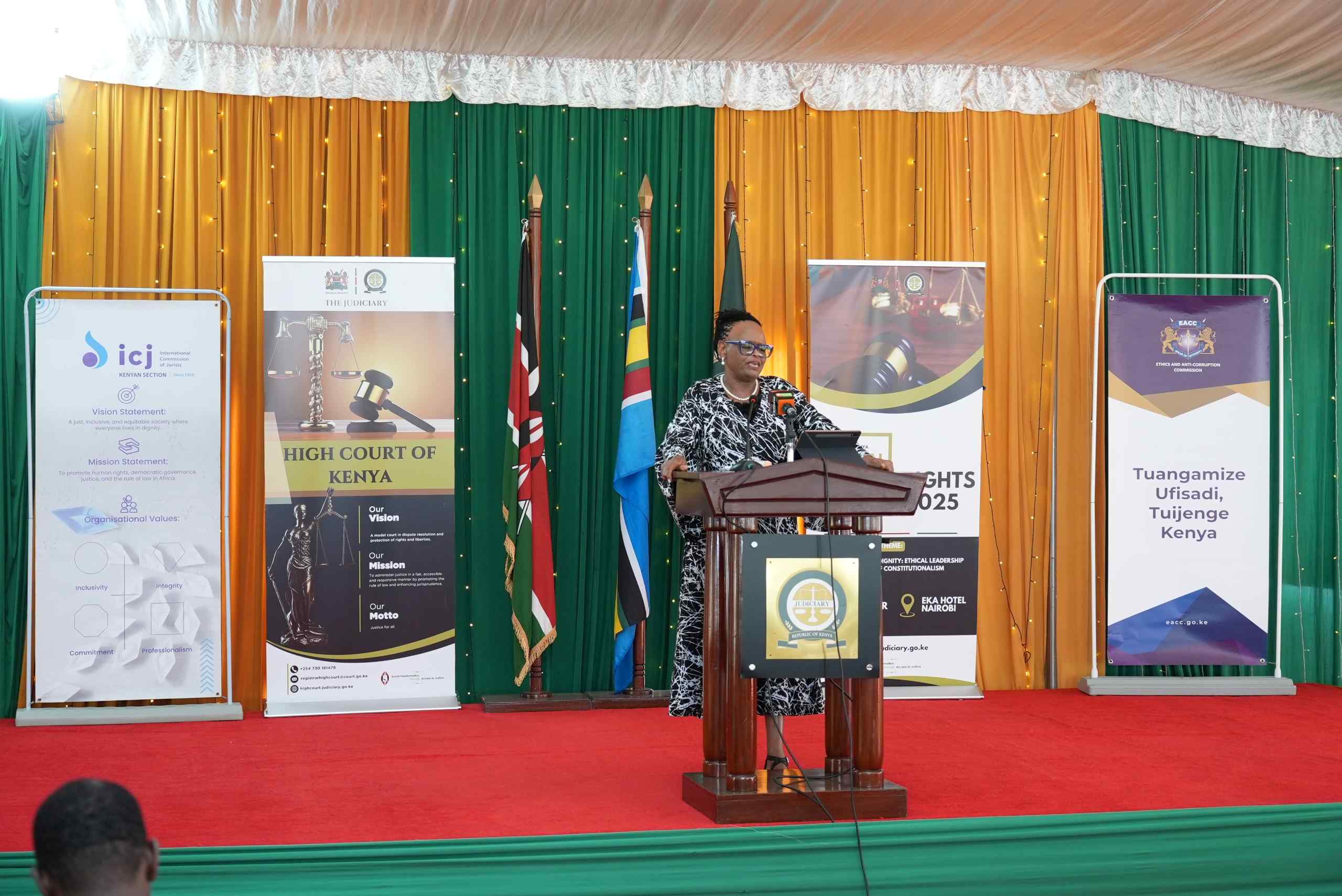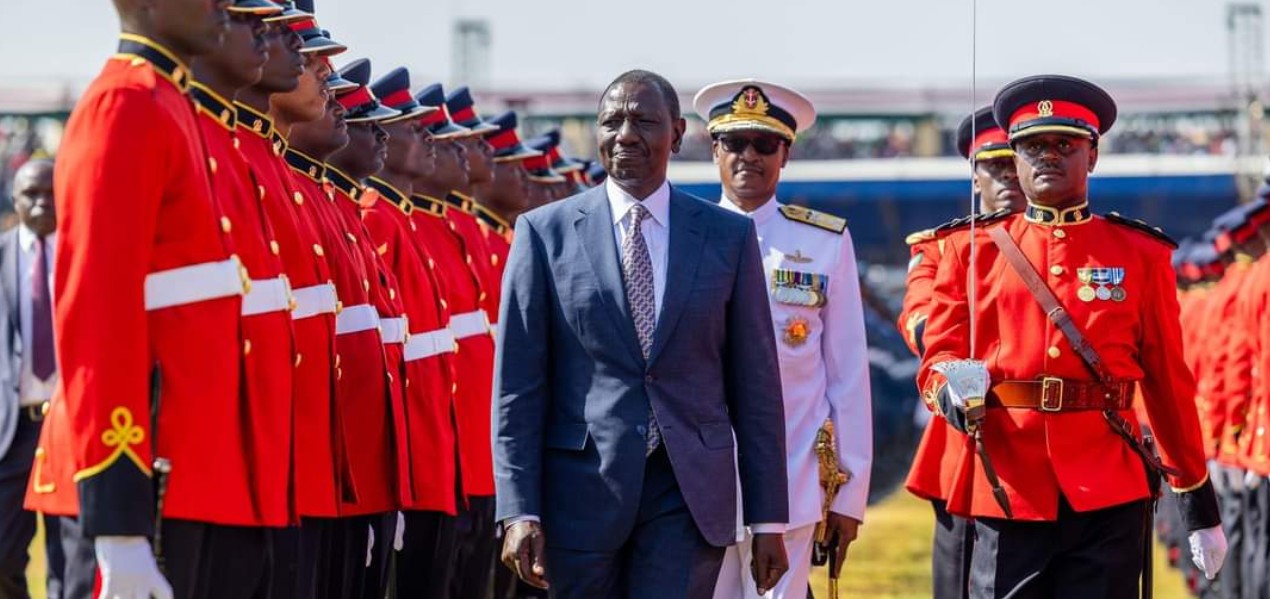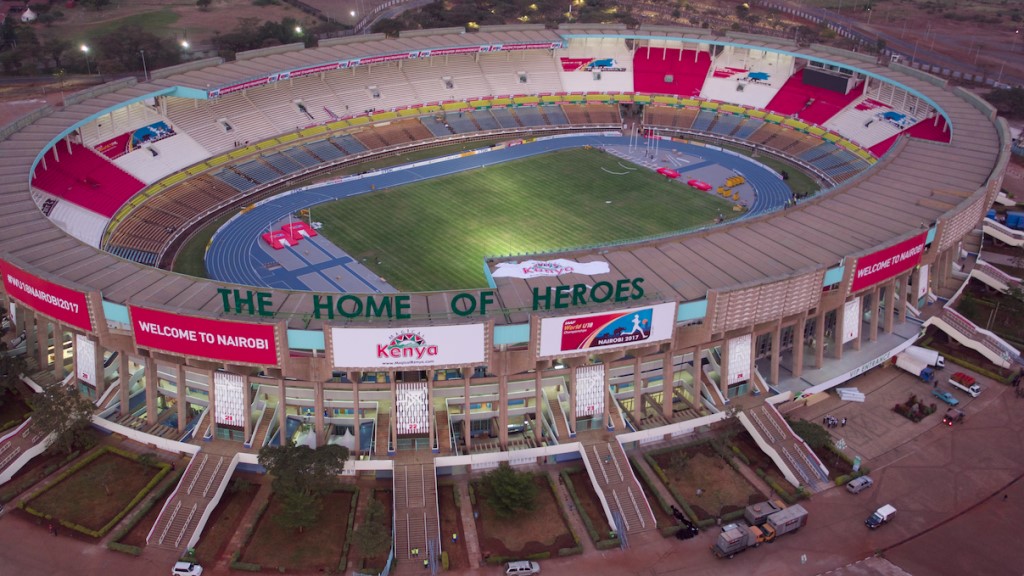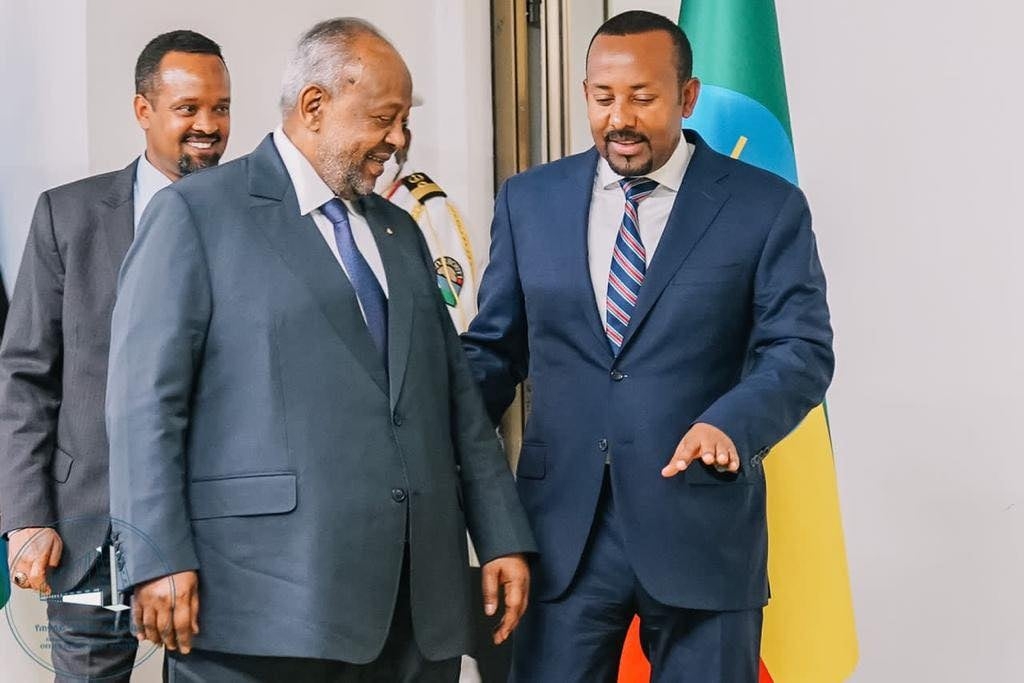The mobility photobook: Archiving Somali and its diasporic legacies through gender
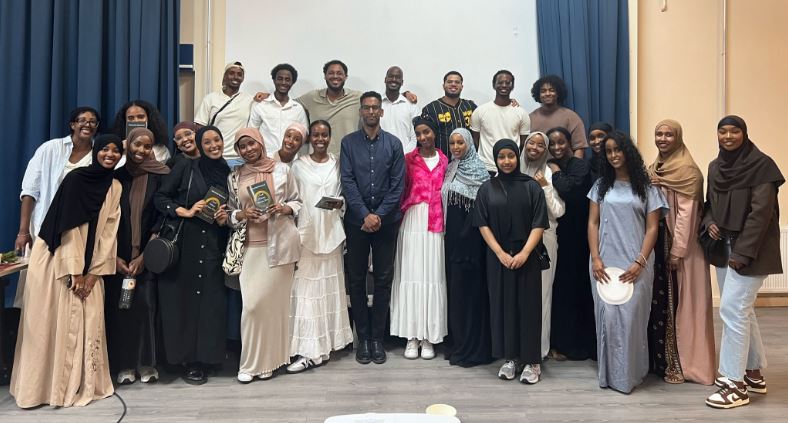
By amplifying the voices of the marginalised and showcasing the positive portrayal of Somalis worldwide, the platform challenges prevailing stereotypes.
The Somali diaspora across the African continent embodies a profound narrative of migration, identity, and resilience.
Fleeing conflict, economic challenges, and environmental adversities, many Somalis have established thriving communities in cities such as Cairo, Nairobi, Johannesburg, and Addis Ababa. These metropolises have become focal points for exploring how migration influences identity formation, particularly through the lens of gender.
More To Read
- Tatu City hosts Muslim business community to explore new investment opportunities
- How community initiative is reviving Eastleigh’s cricket legacy
- Nairobi hosts third Somali Cultural Festival as crowds flock to Two Rivers Mall
- Eastleigh MCA blames county officials for destruction of newly built Captain Mungai Street
- Youth football comes alive in Eastleigh as Fazam Academy clinches Moi Cup title
- Eastleigh’s 24-hour economy key to Kenya’s commerce, says CS Lee Kinyanjui
Locating gender
In Johannesburg, Somali women navigate complex social landscapes as they work to preserve their cultural heritage amidst the integration into the greater South African society. This acts as a balancing act in maintaining the traditional practices and values within their communities and engaging with the various cultural dynamics at play in the city of Johannesburg.
As various researchers have indicated, such women are passionately negotiating their cultural and religious identities against the widespread global imagination of helpless victimhood.
In Nairobi’s Eastleigh, commonly referred to as “Little Mogadishu”, Somali migrants have established a bustling commercial hub. Here, women play important roles not only within their households but also in entrepreneurship, challenging traditional gender norms.
Similarly, in Johannesburg, Somali women navigate complex social landscapes, balancing cultural preservation with integration into the broader South African society.
As shown by research, these women actively renegotiate their cultural and religious identities, besides the globally spread imagination of helpless victims as the representation of Somali women.
In Cairo and Addis Ababa, Somali communities face unique challenges and opportunities. The migrants in Cairo often confront several issues related to legal status and economic integration, while proximity to their homeland allows Addis Ababa to convey comfort and complexity in identity formation.
Across these cities, Somali women are at the forefront of the struggle to rewrite their roles and contribute to the community while challenging preconceived notions about gender within the diaspora.
The Sideways
Amplifying these diverse experiences is Somali Sideways, a storytelling platform for Somalis worldwide to reimagine the perceptions of Somalis. It began as a photography project that empowers people to share personal stories with a signature sideways photograph, symbolising a shift in perspective.
It managed to give birth to an international community in which Somalis can express themselves through sharing their experiences, challenges, and accomplishments that humanise and diversify the Somali narrative.
Over time, Somali Sideways has developed into a multidimensional project that has also seen other publications, such as Somali Sideways: Photobook in Changing Perceptions of the Somalis and Somali Sideways: Women Stories, highlighting the vital roles women in Somali communities play.
In this respect, Somali Sideways has managed to collect hundreds of stories through different platforms-breaking stereotypes, and building a community through which narratives have managed to drive understanding.
By amplifying the voices of the marginalised and showcasing the positive portrayal of Somalis worldwide, the platform challenges prevailing stereotypes and empowers people to take pride in their heritage and identity. Somali Sideways has been instrumental in bringing the global Somali experience to life by establishing a sense of unity and shared identity among Somalis across the diaspora through stories of migration and identity.
Diasporic survival
These diversities underpin the constant transformation of the identity of Somalis outside of the Somali borders, reflecting on cultural continuities, challenges, and contradictions.
Examples from the Somali Sideways podcast highlight how intra-African migration has moved toward or realigned established traditional gender positions.
Among many examples, one shows evidence of how in Johannesburg, the most financially productive part of most Somali communities comprises women-contributing by running business shops and entrepreneurial ventures.
Projects like Somali Sideways go beyond the personal experiences of migrant lives but become important ways in which the complexities of Somali migration and flux of identity get archived and added to the broader discourse of African migration. They document nuances in how cultural practices are passed on, adapted, or changed in a new setting - a holistic view of migrant experiences.
The Somali diaspora in Africa basically epitomises the complex relationship that exists between migration, identity, and gender. Resilience and adaptability have granted Somali migrants continued making and remaking communities with much to teach about the wider story of African migration. Their stories of survival and retaining cultures are a testament to the strength of the human spirit.
Top Stories Today
